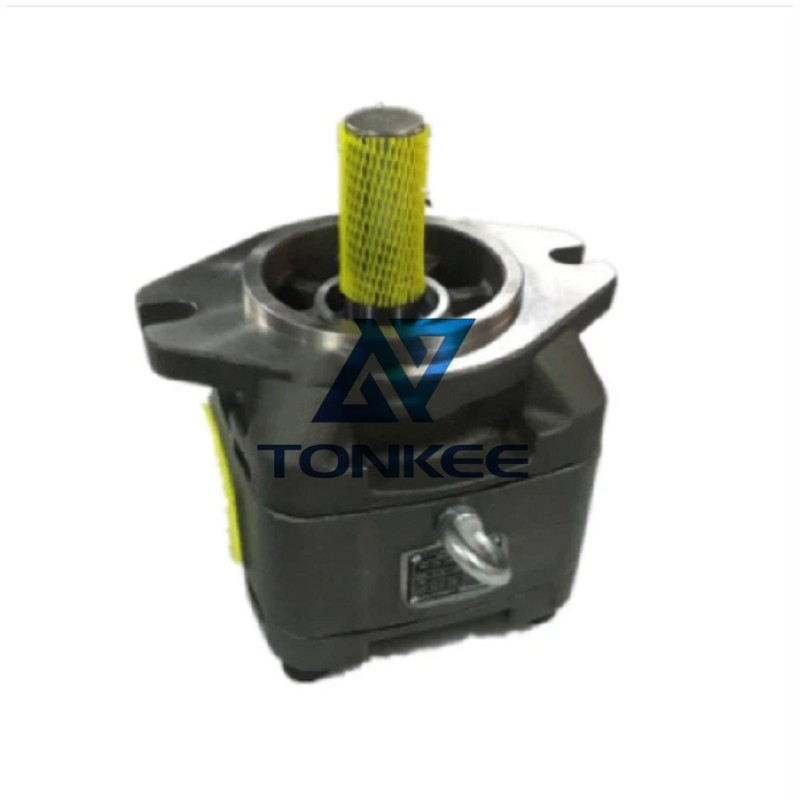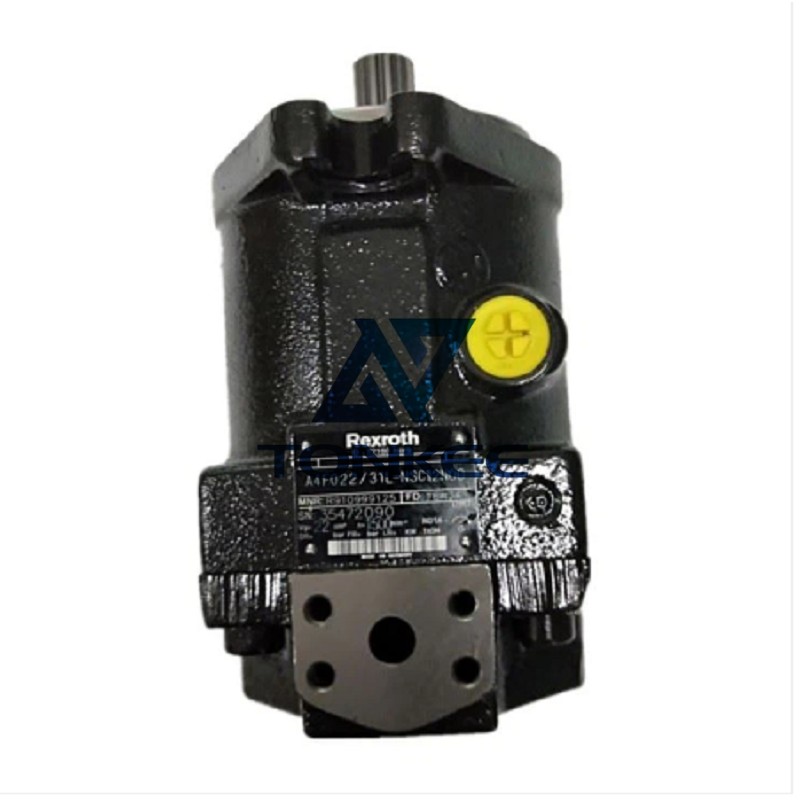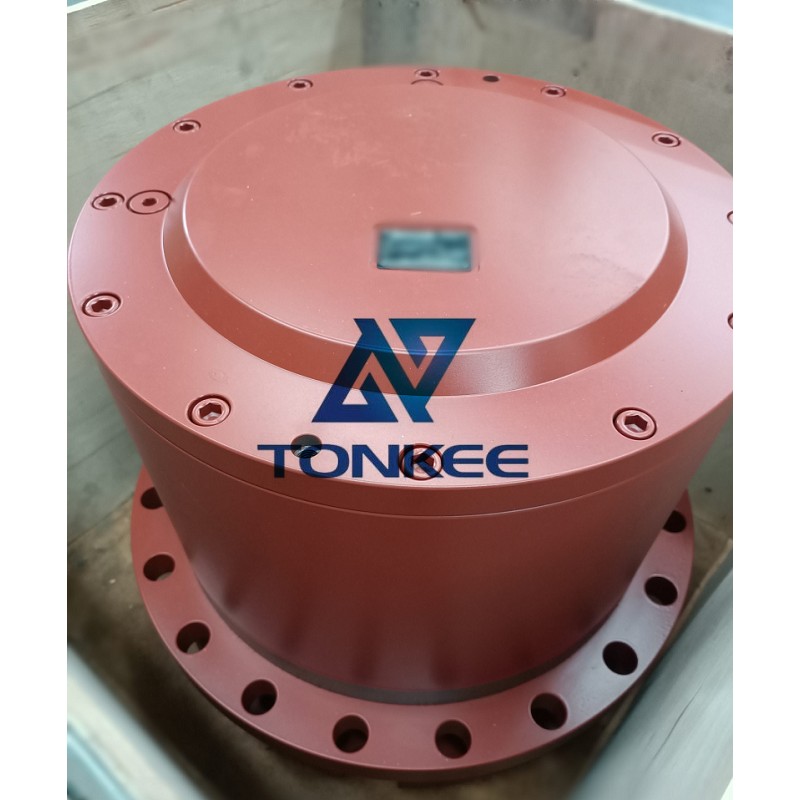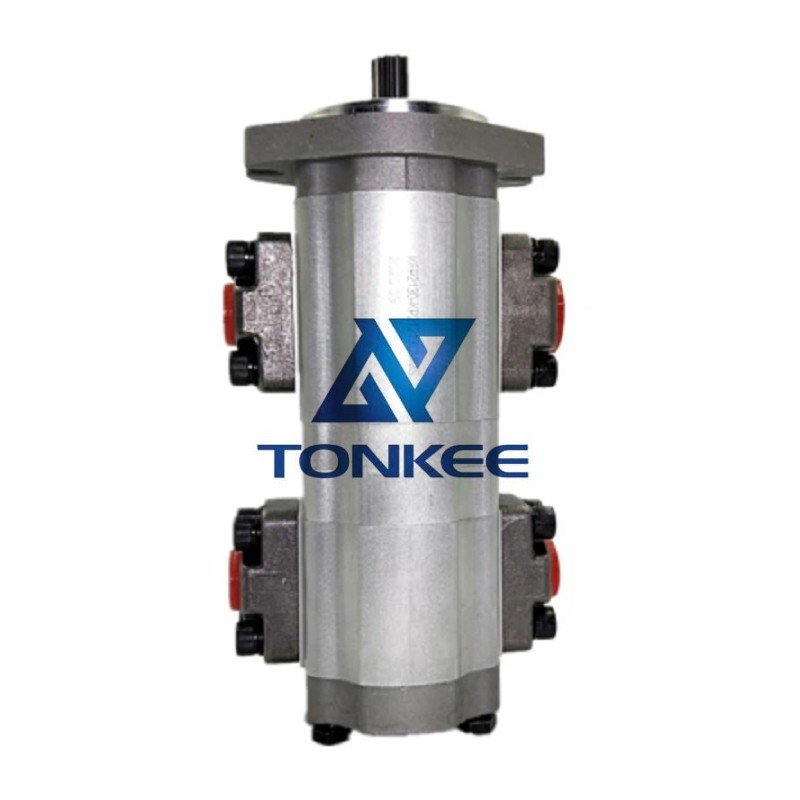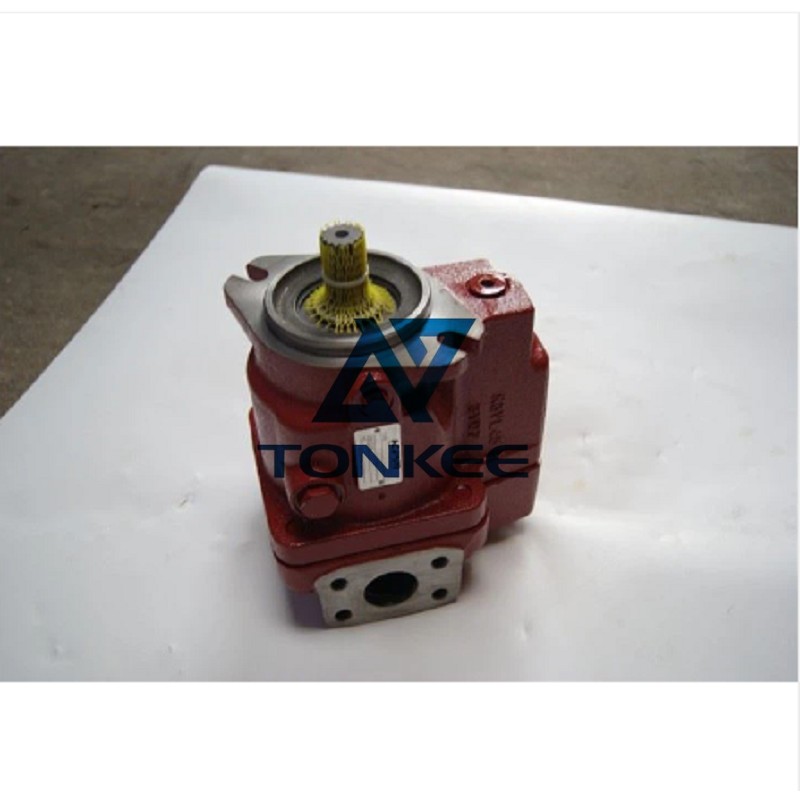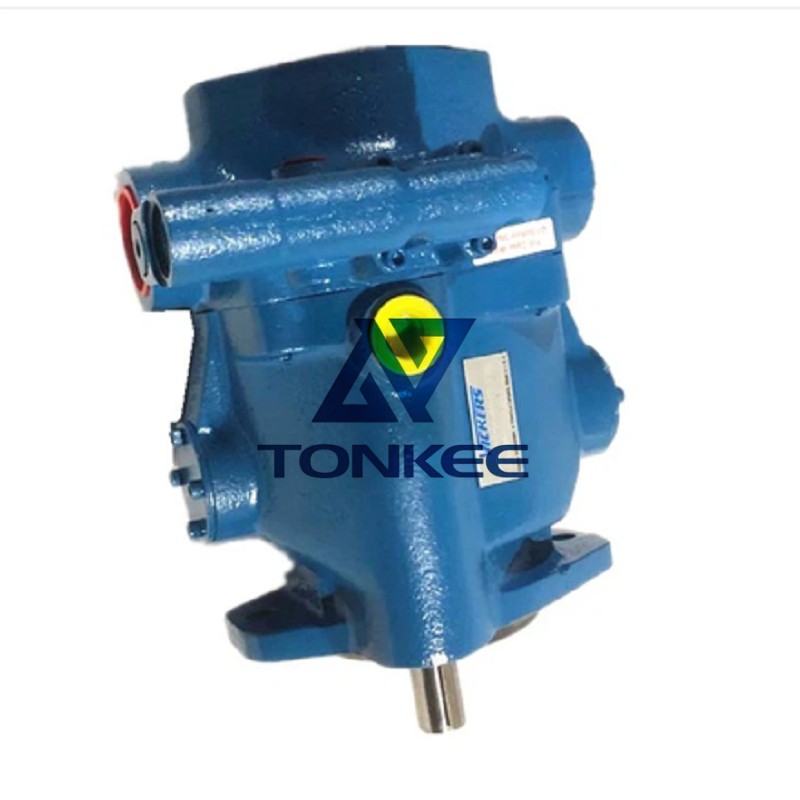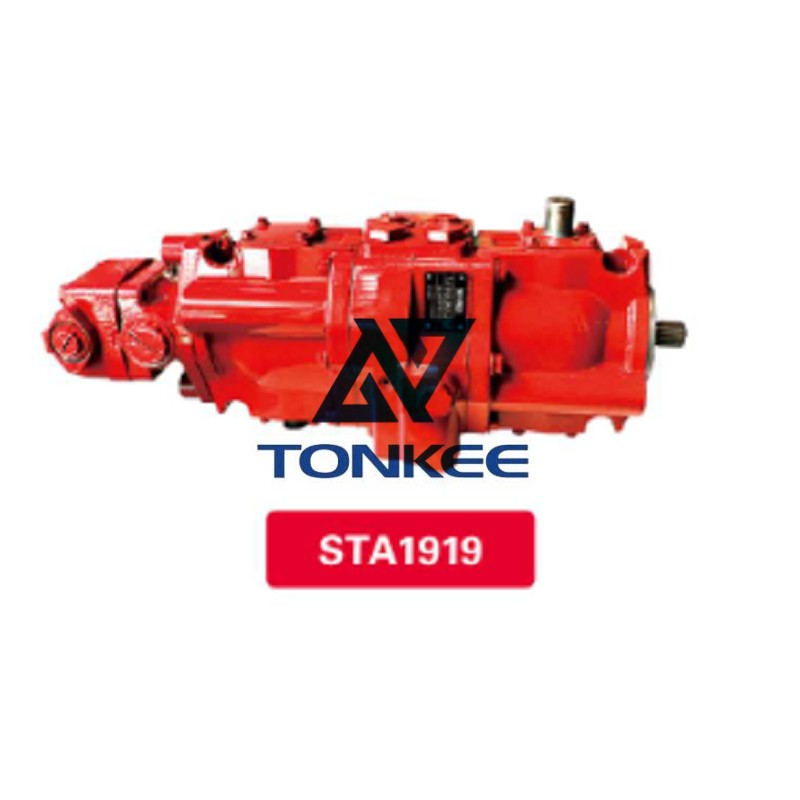
The modern 150 distribution valve is designed to meet the demands of today's industrial applications, offering superior performance, reliability, and durability.
It is typically used in high-pressure and high-temperature environments where precise flow control is required. The valve is available in different sizes, ranging from 2 inches to 24 inches, to accommodate various pipeline requirements.
One of the key features of the modern 150 distribution valve is its construction material. It is often made of high-quality materials such as stainless steel, carbon steel, or alloy steel to ensure corrosion resistance and longevity. The choice of material depends on the specific application and the type of fluid being handled.
The valve operates using different types of actuation mechanisms, including manual, pneumatic, hydraulic, and electric. Manual valves are operated by hand, while pneumatic valves use compressed air or gas to control the valve's position. Hydraulic valves utilize hydraulic fluid to actuate the valve, and electric valves rely on an electric motor or solenoid for operation. The selection of the actuation mechanism depends on factors such as the system requirements, automation needs, and safety considerations.
To ensure precise flow control, the modern 150 distribution valve incorporates various trim options. The valve trim refers to the internal components of the valve that come into contact with the fluid. These components include the disc, seat, and stem. Different trim materials and designs are available to optimize the valve's performance, reduce turbulence, and minimize leakage. Common trim materials include stainless steel, hardened steel, and exotic alloys.
The modern 150 distribution valve also offers different types of flow characteristics, including linear, equal percentage, and modified equal percentage.
Linear valves provide a consistent change in flow rate with respect to the valve position. Equal percentage valves are designed to provide a proportional change in flow rate per unit of valve movement, making them suitable for applications requiring fine control. Modified equal percentage valves offer a combination of linear and equal percentage characteristics to cater to specific process requirements.
In terms of sealing, the modern 150 distribution valve utilizes various sealing mechanisms to prevent leakage. These include soft seals, such as elastomers or PTFE (polytetrafluoroethylene), and metal-to-metal seals. Soft seals provide excellent tightness but may have temperature and chemical compatibility limitations. Metal-to-metal seals offer higher temperature and chemical resistance but may require higher operating forces.
Furthermore, the modern 150 distribution valve incorporates advanced features for enhanced performance and safety. These features may include position indicators, limit switches, and emergency shutdown capabilities. Position indicators provide real-time feedback on the valve's position, allowing operators to monitor and control the process accurately. Limit switches are used to indicate when the valve has reached a specified position, enabling automation and process control. Emergency shutdown capabilities allow for immediate valve closure in critical situations, preventing potential hazards.


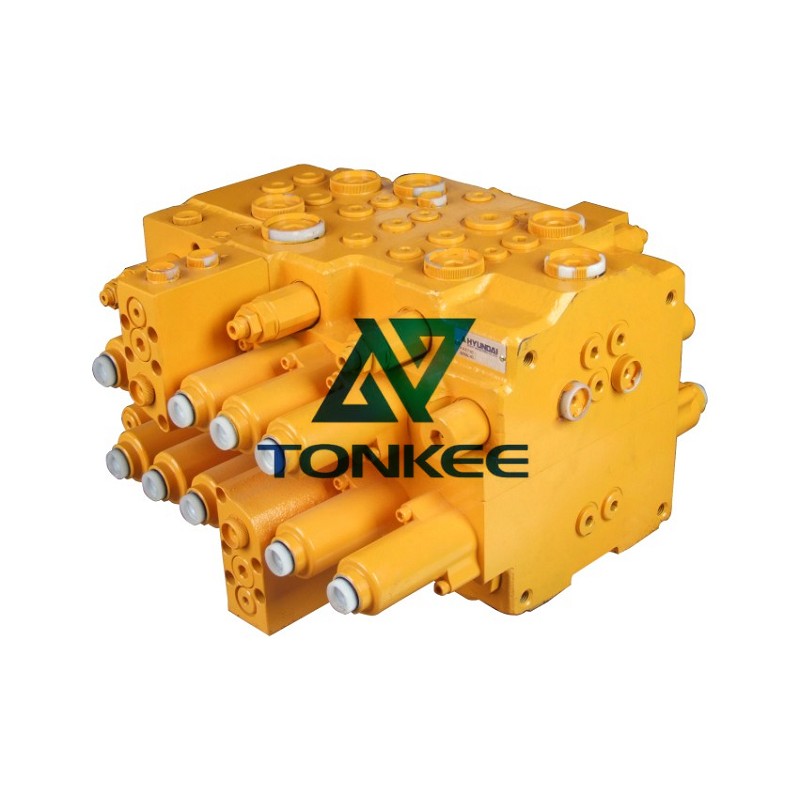

 English
English Русский язык
Русский язык
